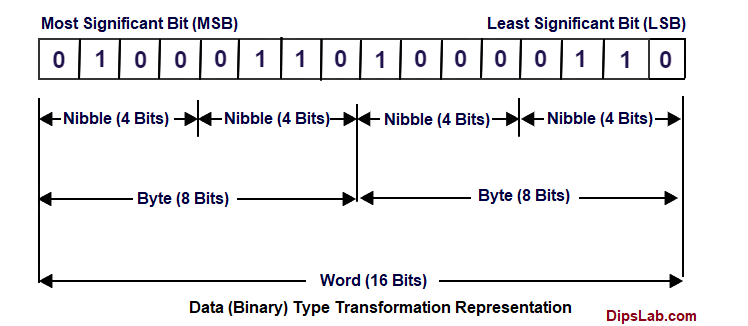19. PLC Communication Protocol
Today, we are studying the most used Programmable Logic Controller (PLC) communication protocols in the industry.
This article contains the top 31 communication protocols for PLC in detail.
Firstly, you should know…
What is Communication Protocol?
We all know the typical definition of communication protocol.
The communication protocol is a set of rules that govern data communication.
In other words, the communication protocol acts as an agreement between two or more communicating devices.
By using the communication protocols, two devices connect and communicate with each other.
Without communication protocol, devices can only be connected but not communicated.
List of PLC Communication Protocols
Here, I am listing the different types of communication protocols used for the automation of processes in PLC.
- EtherNet/IP
- Profibus
- Modbus
- Interbus
- ProfiNet
- ControlNet
- DeviceNet
- DirectNet
- CompoNet
- RAPIENet
- EtherCAT
- MelsecNet
- Optomux
- DF-1 Protocol
- HostLink Protocol
- MECHATROLINK
- DH- Data Highway
- PPI- Point to Point
- EtherNet Powerlink
- MPI- Multi-Point Interface
- EGD- Ethernet Global Data
- AS-i- Actuator Sensor Interface
- OSGP- Open Smart Grid Protocol
- DNP3- Distributed Network Protocol
- SDS- Smart Distributed System Protocol
- PieP- Process Image Exchange Protocol
- SRTP- Service Request Transport Protocol
- BSAP- Bristol Standard Asynchronous Protocol
- FINS- Factory Interface Network Service Protocol
- HART- Highway Addressable Remote Transducer Protocol
- Recommended Standard (RS-232, RS- 422, and RS-485) Protocols
These are the foremost communication protocols used for the PLC and other network connections. These protocols are supported by different PLC software brands.
The communication protocols are dependent upon three fundamental parts such as baud rate, network length, and the number of nodes.
More communication protocols are available in the market. You can easily buy PLC communication protocols.
What is the Baud Rate?
Baud rate is also known as Communication speed.
The rate of data transmission on the network is called Baud Rate. The unit of Baud Rate is bits/second (b/s).
In simple terms, it is calculated as the “number of data transferred per second”.
Note: As all the communication happens over the channel in 0 and 1, Baud Rate and Bit Rate are the same.
Characteristics of PLC Communication Protocols in Table
When PLC modules are connected over the network, the standard communication protocols are used.
The different types of standard communication protocols support different speed (baud rate), distance(network length) and the number of connecting devices (nodes).
| # | Protocol/Cable | Baud Rate | Length | Node |
| 01 | Ethernet | 100 Mb/s | (Few Km) | 255 |
| 02 | Profibus | 5-12 Mb/s | 15 Km | 127 |
| 03 | MPI | 19.2- 38.4 Kb/s | 50 m | 32 |
| 04 | PPI | 187.5 Kb/s | 500 m | 1 |
| 05 | DH | 230.4 Kb/s | 3.048 Km | 64 |
| 06 | Control Net | 5 Mb/s | 30 Km | |
| 07 | Device Net | 500 Kb/s | 0.487 | 64 |
| 08 | USB Adapter | 57.6 Kb/s | 10 m | 1 |
| 09 | PC Adapter | 9600 Kb/s | 15 m | 1 |
| 10 | RS-232 | 19.2 Kb/s | 10 m | 1 |
| 11 | RS-485 | 10 Kb/s | 1.2 Km | 32 |
Which PLC communication protocol you should use?
- If you want to communicate with the more number of nodes with more speed, Ethernet is the best choice. You can read detail about ethernet here.
- If your network has a length of more than 25 Kilo-meter, you should use the Control Net protocol.
Binary Data Type Conversion for Baud Rate
Binary system based on the bit. Bit is either 0 or 1.
- 1 Nibble= 4 Bits
- 1 Byte= 8 Bits
- 1 Word= 2 Bytes = 16 Bits
- 1 Double Word= 4 Bytes= 32 Bits
Let’s see, binary data representation diagram.

This is all about topmost PLC communication protocols. And I also covered the basic fundamental parts of protocol like Baud rate (communication speed), network length and the number of nodes supported by each protocol.
Which communication protocol you use for PLC? Share with me by commenting below. If you have any query, let’s discuss.